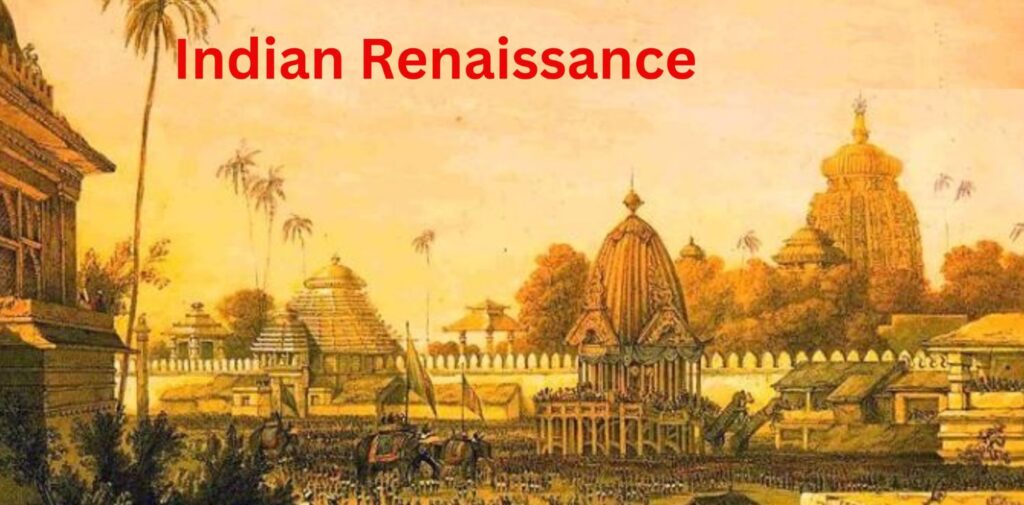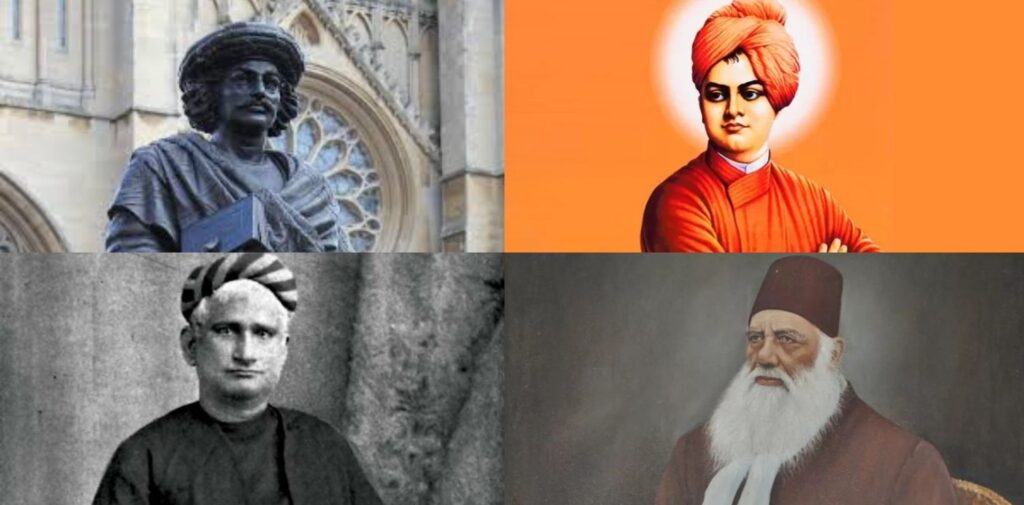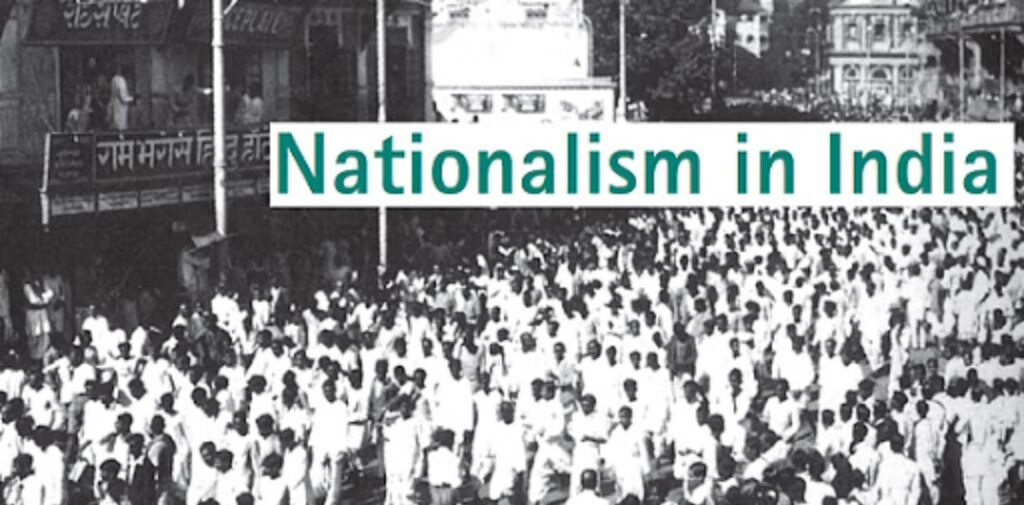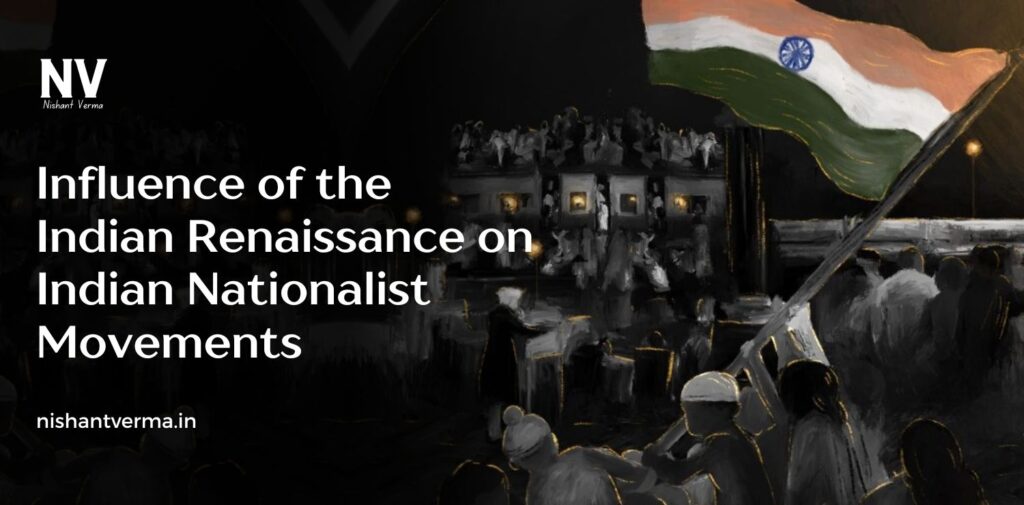The Indian Renaissance, a period of intellectual and cultural awakening in the 19th and early 20th centuries, played a crucial role in shaping India’s nationalist movements. During this time, India saw a resurgence in its own traditions, while simultaneously engaging with new ideas from the West. This renaissance helped create a sense of national identity, redefined Indian culture, and laid the foundation for the modern nationalist movement that eventually led to India’s independence from British colonial rule in 1947.
In this article, we will explore the influence of the Indian Renaissance on the Indian nationalist movements, highlighting the key figures, social reforms, and cultural transformations that contributed to the birth of Indian nationalism.
What Was the Indian Renaissance?
The Indian Renaissance was a period of social, cultural, and intellectual reform in India that began in the early 19th century and continued into the 20th century. It was marked by a wave of changes in various fields, including religion, education, literature, and social practices. This movement was primarily influenced by Western ideas such as Enlightenment, liberalism, and rationalism, combined with a revival of India’s own ancient traditions and heritage.
The Renaissance in India was led by reformers, thinkers, and intellectuals who sought to modernize Indian society, challenge old customs, and promote education, rational thinking, and scientific knowledge. They also worked towards strengthening national consciousness and unity among Indians, irrespective of caste, religion, or region. This movement of cultural awakening would eventually become a driving force behind the political struggle for independence from British colonial rule.

Key Figures of the Indian Renaissance
Several key figures during the Indian Renaissance played a central role in both cultural renewal and the nationalist movement. Their work in social reform, education, and promoting Indian unity created an atmosphere that would lead to the rise of nationalism.
1. Raja Ram Mohan Roy (1772–1833)
Often called the “Father of the Indian Renaissance,” Raja Ram Mohan Roy was an intellectual reformer and social activist who played a major role in shaping modern India. He was deeply influenced by both Indian and Western thought. His efforts to revive and modernize Indian society led to the foundation of important movements, including the abolition of Sati (the practice of widow immolation), the promotion of women’s rights, and the spread of modern education.
Roy’s rationalist approach combined Western enlightenment principles with traditional Indian values. He was a proponent of scientific thinking, reason, and humanism, which were critical in challenging the old, orthodox practices in Indian society. Roy’s efforts in reforming education and advocating for social justice laid the intellectual groundwork for future generations of nationalists.
2. Swami Vivekananda (1863–1902)
Swami Vivekananda was another key figure in the Indian Renaissance who inspired nationalist sentiments through his teachings and spiritual philosophy. He emphasized the importance of self-respect, national pride, and unity. Vivekananda’s call for a spiritual revival of India and his emphasis on education and social service were pivotal in shaping the nationalist movement.
Vivekananda’s famous speech at the Parliament of the World’s Religions in Chicago in 1893 highlighted India’s ancient wisdom and traditions while advocating for the need for modernization. He encouraged Indians to embrace their cultural heritage while also adopting Western scientific and educational practices. His call for a stronger, self-reliant India resonated deeply with the nationalist leaders, including leaders of the Indian National Congress (INC).

3. Bankim Chandra Chattopadhyay (1838–1894)
Bankim Chandra Chattopadhyay was a prominent writer and poet whose works inspired nationalist thought in India. His most famous work, Anandamath (1882), featured the iconic song Vande Mataram (“Hail to the Motherland”), which became the rallying cry for the Indian nationalist movement. His literary works created a sense of pride in Indian culture, heritage, and unity.
Bankim’s writings promoted the idea of India as a united nation, transcending regional, cultural, and religious divisions. His works were widely read and deeply influenced both the intellectuals and the common people who were beginning to question British rule.
4. Sir Syed Ahmed Khan (1817–1898)
Sir Syed Ahmed Khan was an educational reformer who sought to promote modern education, particularly among Muslims in India. He founded the Aligarh Muslim University (then called Muhammadan Anglo-Oriental College) in 1875, which became an important center for the development of Muslim nationalism. His efforts in promoting Western-style education were essential in fostering a more educated Indian middle class, who would later become key players in the nationalist movement.
Though initially he focused on the educational upliftment of Muslims, his emphasis on rationalism and modernization influenced the broader Indian nationalist movement, promoting the idea that education and progress were essential for India’s future independence.
Social Reforms and Nationalism
The Indian Renaissance also saw the rise of social reform movements that were closely tied to the growing sense of nationalism. These reforms aimed to address the social, political, and economic issues faced by Indians under British colonial rule. By challenging traditional practices and promoting a modern and progressive vision of India, these social reform movements contributed to the creation of a united and awakened Indian public.
1. Abolition of Sati
One of the most significant social reforms of the Indian Renaissance was the abolition of Sati, the practice where widows were forced or coerced into self-immolation on their husband’s funeral pyre. Raja Ram Mohan Roy was a vocal critic of Sati and worked tirelessly to abolish it. His efforts led to the British government passing the Sati Regulation Act in 1829, which made the practice illegal.
This reform not only saved the lives of countless women but also highlighted the need for reforming India’s outdated social customs. It sent a message that change was possible and that colonial rule could not be the only source of reform. Indian social reformers were now taking the initiative to improve the lives of their fellow countrymen and women.
2. Women Rights and Education
Alongside the abolition of Sati, the Indian Renaissance also saw the rise of movements for women’s rights and education. Reformers like Ishwar Chandra Vidyasagar and Begum Roquiah Sakhawat Hossain campaigned for women’s education, the right to property, and the abolition of child marriage.
Vidyasagar’s efforts to establish schools for girls and his advocacy for widow remarriage (which led to the Widow Remarriage Act of 1856) made a huge impact. These social reforms not only improved the lives of women but also inspired women to become active participants in the nationalist movement.
3. The Role of the Press and Literature
During the Indian Renaissance, the press and literature became powerful tools in the struggle for independence. Newspapers and journals published by reformers and intellectuals played a crucial role in spreading nationalist ideas and raising awareness about British exploitation. Writers and poets like Rabindranath Tagore, Subramania Bharati, and others used literature and poetry to stir patriotic feelings among Indians.
The press helped unify the people by giving voice to the growing discontent against colonial rule. It also promoted discussions on social reforms, nationalism, and the future of India. Literature became an important vehicle for the expression of Indian identity and the rejection of colonial subjugation.

The Emergence of Indian Nationalism
The ideas and social reforms initiated during the Indian Renaissance created the intellectual and cultural conditions necessary for the rise of Indian nationalism. The intellectual awakening that took place helped people view India as a unified nation with a glorious past, which contrasted sharply with the present state of colonial rule.
1. The Indian National Congress (INC)
The Indian National Congress, founded in 1885, became the central platform for political demands for Indian self-rule. Many of the early leaders of the INC were influenced by the intellectual and cultural movements of the Indian Renaissance. Figures like Dadabhai Naoroji, Gopal Krishna Gokhale, and Lala Lajpat Rai were inspired by the reformist ideas of the time and sought to use the INC as a tool to demand constitutional reforms, better representation for Indians, and the eventual end of British rule.
2. Nationalist Leaders and Movements
By the early 20th century, the Indian Renaissance had sparked a wave of nationalist movements across the country. Leaders like Bal Gangadhar Tilak, Bipin Chandra Pal, and Subhas Chandra Bose were inspired by the intellectual revival of India and began calling for full independence, not just limited reforms. The ideas of self-reliance, cultural pride, and social justice that emerged during the Renaissance found their way into the nationalist struggle.
Conclusion
The Indian Renaissance was a crucial period in the country’s history, as it laid the intellectual, cultural, and social foundations for the nationalist movement. Through the efforts of thinkers, reformers, and leaders, India experienced a resurgence of pride in its heritage and a growing awareness of the need for social and political change. This awakening transformed Indian society and played a key role in the development of the modern nationalist movement, which ultimately led to India’s independence in 1947.
The Indian Renaissance was not just about reforming society; it was about creating a vision for a free and united India. The influence of this cultural revival continues to be felt in India’s political and social landscape today.




